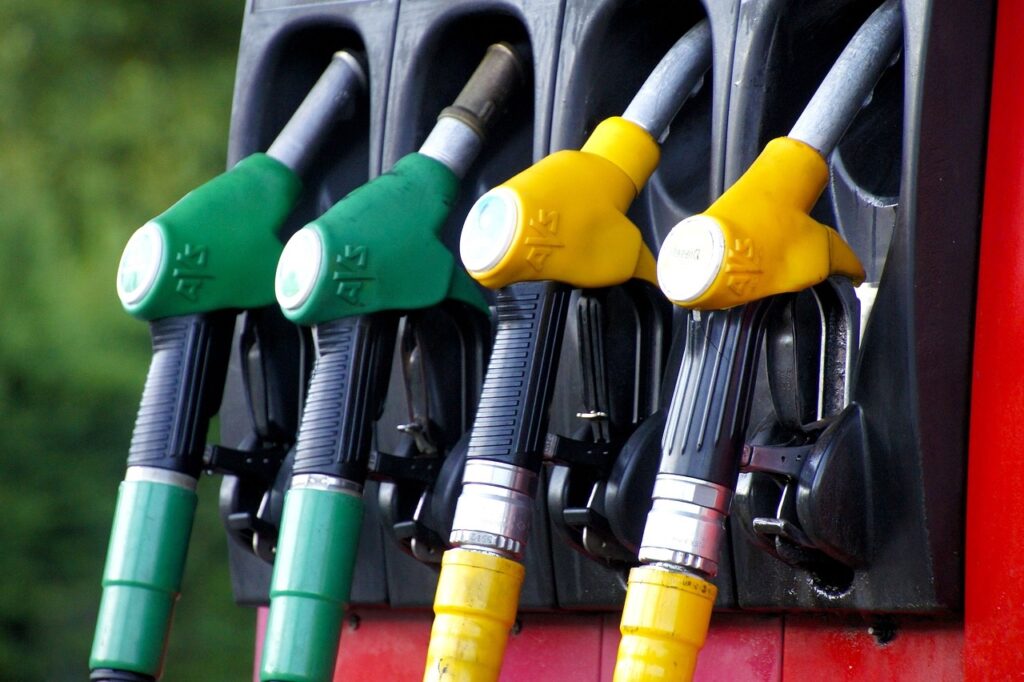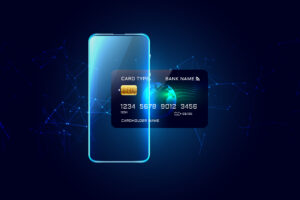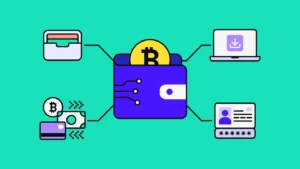
Choosing between a debit or credit card at the gas pump can impact your security, rewards, and spending habits. Image: PixaBay
When it comes to everyday purchases, like filling up your gas tank, you might wonder whether it’s better to use a debit card or a credit card. Although both options might seem similar, there are some distinct advantages to using a credit card, especially at the gas pump. From security concerns to rewards opportunities, each payment method offers different benefits and drawbacks.
Key Takeaways
- Debit cards allow for immediate payment, with no risk of interest charges.
- Credit cards provide extra security at the pump since funds aren’t instantly withdrawn from your account.
- Some gas stations give you a discounted rate when you use a debit card, while others treat debit and credit the same, sometimes applying a premium for card usage.
- Credit cards can offer valuable rewards for gas purchases, while debit cards generally do not.
- Using a debit card at the pump may expose you to a higher risk of fraud, as gas stations are frequent targets for card skimming devices.
Using a Debit Card at Gas Stations
Using your debit card to pay for gas might seem like a convenient option since the money comes directly out of your bank account, allowing you to avoid interest charges. Debit cards can also help control spending, as you’re limited to the amount available in your account. Additionally, some gas stations offer a cash-equivalent discount for debit card transactions, similar to cash payments, which can save you a few cents per gallon.
However, there are some downsides. Debit card transactions at gas stations can make you vulnerable to fraud. Skimming devices installed at pumps can capture your card details and PIN, giving criminals access to your bank account. While federal regulations protect you from unauthorized debit card transactions, your liability can increase the longer you wait to report the issue.
Tip: To minimize your risk of fraud, consider going inside the gas station to pay instead of swiping your debit card at the pump.
Using a Credit Card at Gas Stations
Credit cards offer another layer of protection at the pump. When you use a credit card, your funds aren’t directly taken from your bank account. Instead, you’re borrowing against a credit line, and you have a grace period—typically around 25 days—before payment is due. If you pay your credit card balance in full each month, you won’t incur interest charges. However, carrying a balance month-to-month will lead to interest fees, which can make gas purchases more expensive over time.
Another major benefit of using credit cards is the added protection against identity theft. Many credit cards include zero liability protection, ensuring you won’t be responsible for fraudulent charges. Additionally, credit cards often come with rewards programs, allowing you to earn points, miles, or cash back on your gas purchases.
For optimal use, treat your credit card like a debit card by only charging what you can pay off monthly. This strategy avoids high-interest charges and makes the most of any rewards you earn.
Important: Be cautious not to overspend. If you carry a balance, interest charges could outweigh the value of any rewards earned.
Special Considerations: Fraud and Security
Gas stations are a hot spot for fraud. Both debit and credit cards offer consumer protections, but credit cards generally provide greater security. With a debit card, if you report unauthorized transactions within two days, your liability is limited to $50. However, if you wait up to 60 days, you could be responsible for up to $500. Credit cards, on the other hand, usually have a maximum liability of $50 for fraud, with most issuers offering zero liability.
Top Credit Cards for Gas Purchases
Some credit cards offer special rewards and incentives for gas purchases. Here are a few examples:
- American Express Blue Cash Preferred Card: Earn 3% back on gas, along with rewards on groceries and streaming services. This card has a $95 annual fee but includes a 0% APR for the first 12 months and an introductory $300 cash-back bonus for new cardholders.
- Bank of America Customized Cash Rewards Credit Card: This card allows you to choose a category—such as gas—for 3% cash back. You can also earn 2% on groceries and 1% on other purchases. It has no annual fee and includes a 0% introductory APR for 15 months.
- Citi Premier Card: Ideal for travelers, this card offers 3 points per dollar on gas and other travel-related purchases. It has a $95 annual fee but includes a generous welcome bonus of 60,000 points, which can be redeemed for $600 in gift cards.
- PenFed Platinum Rewards Visa Signature Card: Exclusively for PenFed Credit Union members, this card provides 5 points per dollar on gas and has no annual fee. New cardholders can enjoy a 0% APR on balance transfers for the first 12 months.
Conclusion
Whether you use a debit or credit card at the gas pump depends on your priorities. Debit cards offer a straightforward, interest-free way to pay, but they expose you to higher risks if your card details are compromised. Credit cards, on the other hand, provide better security, rewards, and the flexibility to pay over time—if managed responsibly. Just remember, the best choice is the one that aligns with your financial habits and security needs.
By understanding the differences and potential benefits of each option, you can make smarter decisions when fueling up.






